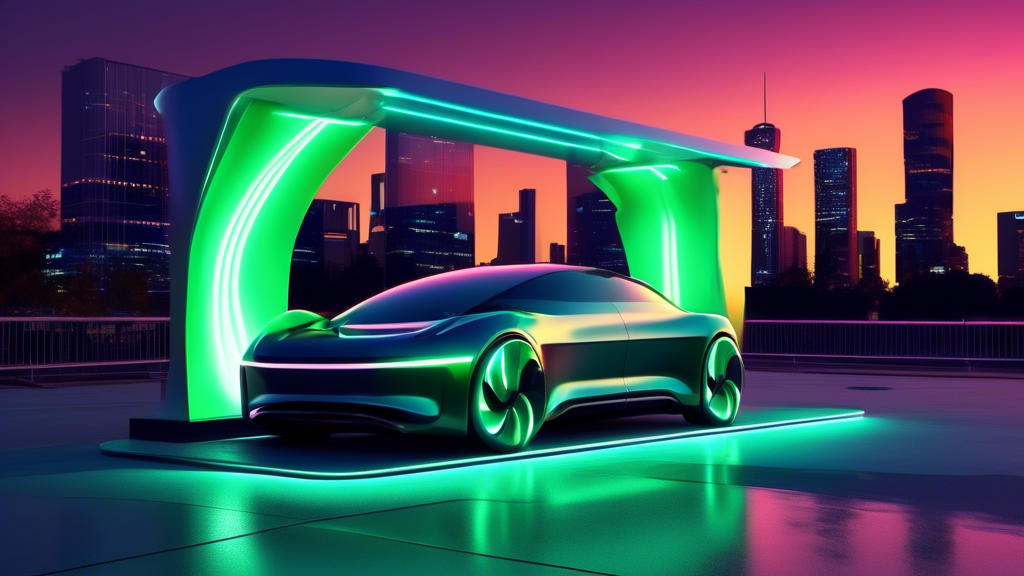
The Basics of EV DC Charging
When it comes to charging your electric vehicle (EV), there are two main types of charging: AC (alternating current) and DC (direct current). While AC charging is the most common method, using a slower Level 1 or Level 2 charger, DC charging offers a much faster way to power up your EV. But how exactly does DC charging work, and what are its benefits?
DC charging, or Level 3 or fast charging, allows you to charge your EV’s battery directly with DC power. Unlike AC charging, which requires the vehicle’s onboard charger to convert AC to DC, DC charging bypasses this step, enabling a much quicker charge. This means you can charge your EV up to 80% in as little as 30 minutes, depending on the vehicle and the charger’s power output.
The Advantages of DC Charging
The primary advantage of DC charging is its speed. Imagine you’re on a long road trip and must recharge your EV quickly. With a DC fast charger, you can add significant range to your battery in the time it takes to grab a bite to eat or stretch your legs. This convenience makes DC charging an essential feature for many EV owners, particularly those who frequently travel long distances.
Another benefit of DC charging is its potential to reduce range anxiety. Many people hesitate to switch to EVs due to concerns about running out of power on the road. However, with a growing network of DC fast chargers along major highways and in urban areas, EV owners can feel more confident in their ability to recharge quickly and continue their journey without significant interruptions.
The Future of DC Charging
As EVs become increasingly popular, the demand for DC fast charging is expected to grow. Many automakers and charging network providers are investing in expanding DC charging infrastructure to support growing EVs on the road. Some are even developing high-power DC chargers that can deliver up to 350 kW, which could charge an EV in as little as 10 minutes.
Additionally, battery technology advancements enable EVs to accept higher charging rates, further reducing charging times. As these technologies evolve, DC charging is likely to become even more convenient and accessible, making EVs a more attractive option for a wider range of consumers.
In Conclusion
DC charging represents a significant step forward in electric vehicles, offering a faster and more convenient way to power up your EV. As charging infrastructure expands and battery technology improves, DC charging will play an increasingly important role in the widespread adoption of EVs. So, the next time you need to charge your electric vehicle quickly, look for a DC fast charger and experience the benefits of this innovative technology firsthand.
